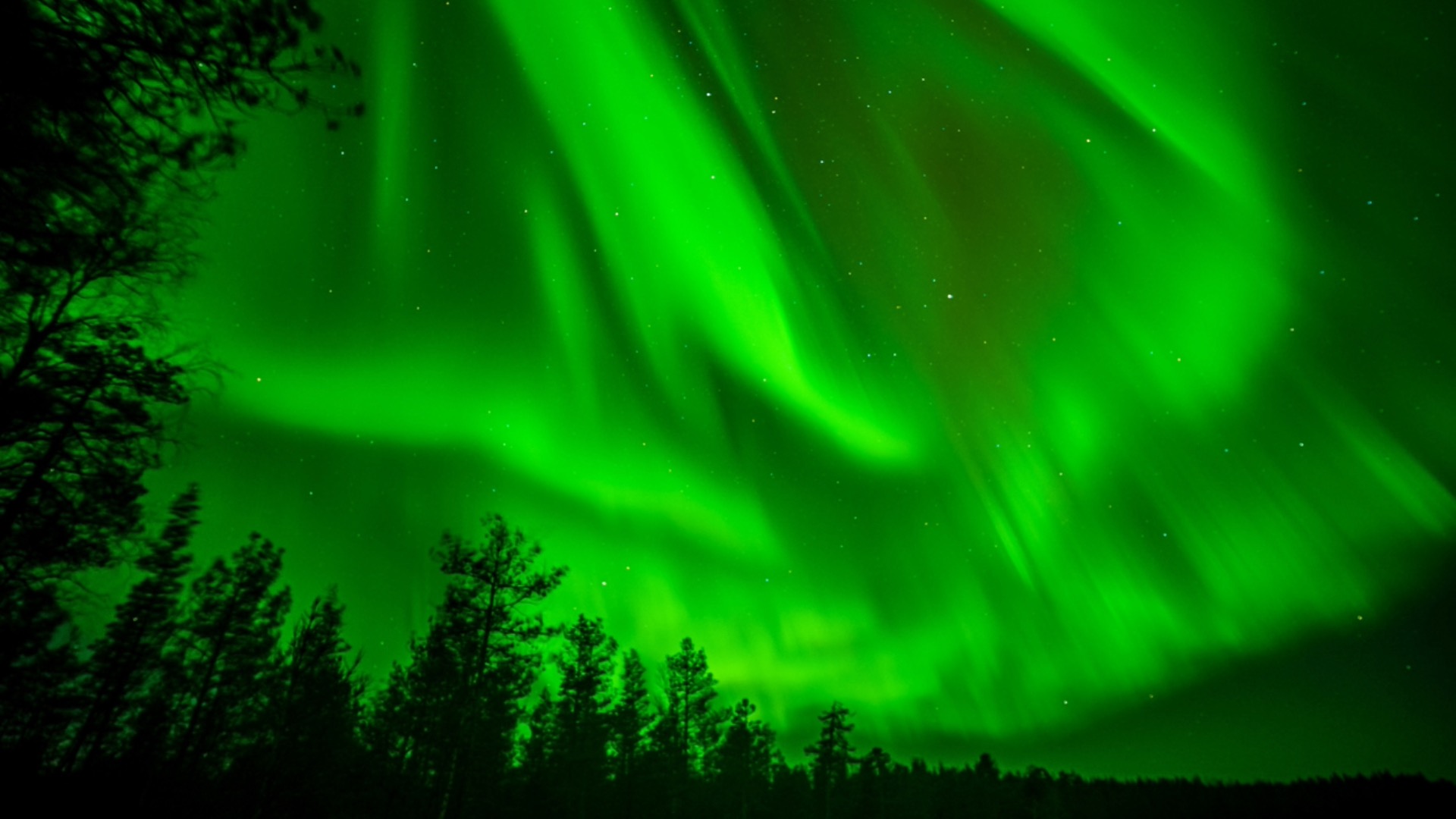For thousands of years, people have watched the vibrant auroras dance across the night sky. But these magnificent displays are more than just a pretty sight. They are a warning sign of a hidden danger: geomagnetically induced currents.
Auroras are caused by particles from the sun hitting the Earth’s magnetic field. These forces can compress the magnetic field, resulting in enormous currents that can reach the ground.
New research shows that the angle at which these solar shocks hit Earth is critical to protecting infrastructure.
“Auroras and geomagnetically induced currents are caused by similar space weather factors. The aurora is a visual warning that electrical currents in space can generate these geomagnetically induced currents on the ground,” explained Denny Oliveira of NASA’s Goddard Space Flight Center, and lead author of the new study.
Frontal shocks
Earth’s dazzling auroras are the result of two processes: solar storms unleashed by the sun and compressions of magnetic fields caused by interplanetary shocks. These shocks occur when a fast solar wind overtakes a slower stream, creating a shock wave.
Both can cause dangerous currents to flow through the earth, potentially damaging electrical infrastructure. Larger events pose greater threats, but even small shocks pose a risk.
“The auroral region can expand enormously during severe geomagnetic storms,” Oliveira added. “Normally, its southernmost limit is around 70 degrees latitude, but during extreme events it can drop to 40 degrees or even further, which certainly happened during the storm of May 2024 – the most severe storm in the past two decades.”
Researchers found that frontal shocks are likely to create the strongest geomagnetically induced currents, leading to “powerful electrical currents at ground level, threatening pipelines and undersea cables.”
This is because frontal shocks can compress the magnetic field more strongly.
How the angle was found
The researchers investigated how the angle and timing of solar shocks affect geomagnetically induced currents. To understand the connection, the researchers looked at two sets of data.
One was a collection of recorded interplanetary shocks, while the other were measurements of electrical currents measured through a natural gas pipeline in Mäntsälä, Finland. This pipeline is located in a region where auroras are often seen during periods of strong solar activity.
They used interplanetary magnetic fields and solar wind data to calculate the angle and velocity of each shock, then divided them into three categories: highly inclined, moderately inclined, and near-frontal.
Research showed a clear correlation between shock angle and current strength. The more frontal a solar shock strikes, the stronger the jolt of electricity traveling to the ground. This electrical surge typically occurs in two bursts: one immediately after the initial impact and another during a subsequent substorm – a smaller geomagnetic disturbance. Surprisingly, these surges were strongest at midnight, when Mäntsälä’s north pole was pointed directly at the sun.
The study authors say scientists can predict the angle of a shock up to two hours before it hits, which could provide time to take precautions, such as reducing power on certain lines.
“Although Mäntsälä is in a critical location, it does not provide a global picture. Furthermore, the Mäntsälä data are missing for several days in the period under consideration, which required us to remove many events from our shock database. It would be great if global energy companies would make their data accessible to scientists for studies,” Oliveira concluded in the press release.
The findings were published in the journal Frontiers in astronomy and space sciences.
ABOUT THE EDITORS
Mrigakshi Dixit Mrigakshi is a science journalist who enjoys writing about space exploration, biology and technological innovations. Her professional experience spans both broadcast and digital media, which allows her to learn different narrative formats. Her work has appeared in renowned publications including Nature India, Supercluster and Astronomy Magazine. If you have pitches in mind, feel free to drop her an email.
